How to create brand identity guidelines that improve your communications
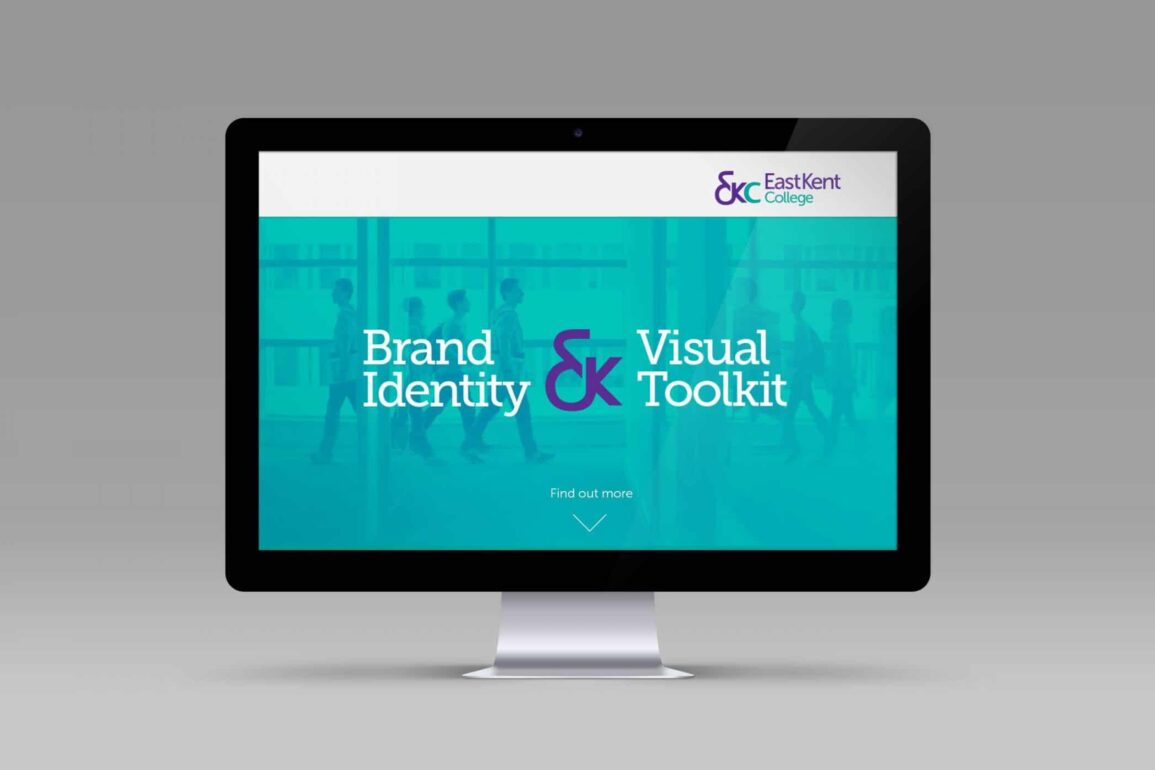
Consistency is key to producing a strong brand identity. Often, transforming your business from an idea, into a household name, is something that requires careful attention-to-detail, and a strict focus on making the underlying essence of your brand feel familiar to your target customer.
Today, a “brand” is more than just a logo and a set of specific colours. Modern brands have stories, personalities, and life that encourage deeper, more lucrative relationships with an audience. Everything from your brand positioning, to your tone of voice, needs to blend seamlessly across a range of media, if you want to create a consistent experience for your fans.
More than just a logo or symbol, your business brand houses the visual and verbal characteristics of your organisation. It outlines your goals, your manifesto, and where you are in the marketplace. As the concept of what defines a brand changes, many companies are beginning to recognise the need for a more holistic brand toolkit, and set of design guidelines.
Though many companies only begin to re-consider their brand identity guidelines during a rebrand, or brand refresh, the truth is that your toolkit should be something that evolves constantly with your company, and inline your marketing activities. The marketplace is always changing, and as you come to understand the needs of your business, and your customers, it’s important to open your toolkit up to evolution.
At Fabrik, we’ve helped countless companies to design and implement comprehensive brand identity toolkit solutions, that allow them to stay fresh in a completive landscape. These brand identity guidelines encompass everything from the visual impact a business makes through logos and colour charts, to the verbal identity they pursue through messaging and communication.
With the right brand guidelines template, you can ensure that your brand is recognised not just for its logo, but for its attitude, personality, imagery, and even its tone of voice. Here, we’re going to show you how to create brand identity guidelines that can evolve with your company, and help you outshine the competition.
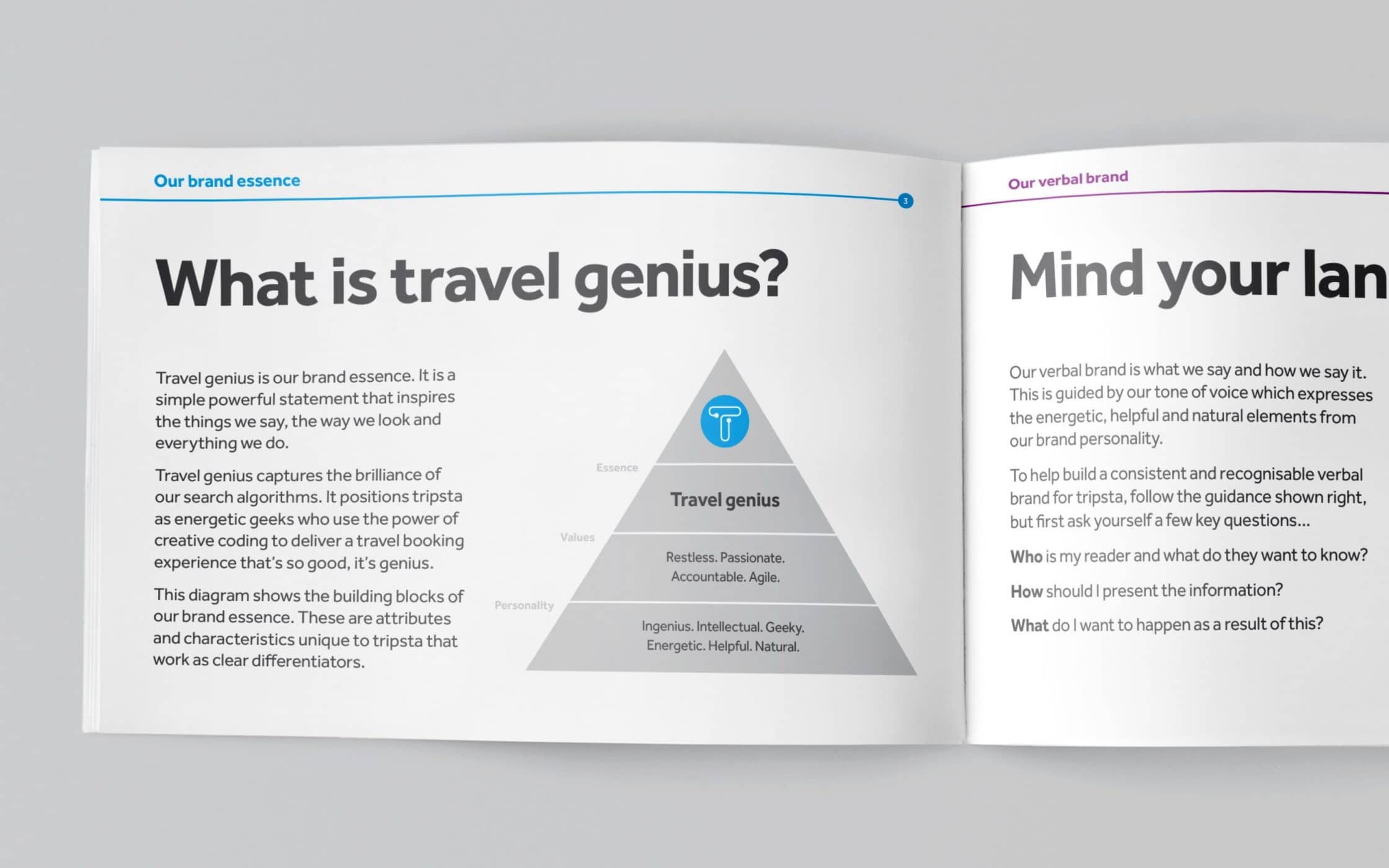
How to create brand identity guidelines
Every brand, no matter how small or large, needs a robust set of brand guidelines if they want to present a consist identity to their audience. Sometimes, a brand guidelines template might be nothing more than a few pages that outlines the basic essence of a company, while in other instances, your brand bible could be made up of hundreds of pages of detailed instructions.
Regardless of the size of your brand toolkit, it should be the thread that holds together all the distinct aspects of your company, ensuring that you present a uniform appearance to the public.
When you approach the concept of marketing for the first time, you’ll learn that consistency is just as important as creativity when it comes to capturing the hearts and minds of your audience. Repetition makes it easier for people to understand the feel, look, and shape of your brand, from visual elements, to tone of voice. A consistent face for your brand image builds trust, familiarity, and brand value.
Unfortunately, maintaining brand consistency isn’t simple. Creating your brand identity guidelines is the best way to make sure that all levels of your sales and marketing departments are working on the same page. A brand toolkit offers the internal elements of your business the blueprints they need to ensure a singular personality for your company.
Designing your own brand guidelines, means considering the details of your company, and what you want people to associate your business with. At a simplistic level, brand identity is all about the perceptions that other people have of your brand. These perceptions come from an insight into everything from your logo, to your brand story, and even your social media marketing campaigns.
Once you have an idea of what you want your brand to be, your brand guidelines will help to establish the voice, personality, and image of the company in everything you do. It will help your employees communicate your message more effectively, and give designers a guide for what they should be working towards in your visual image.
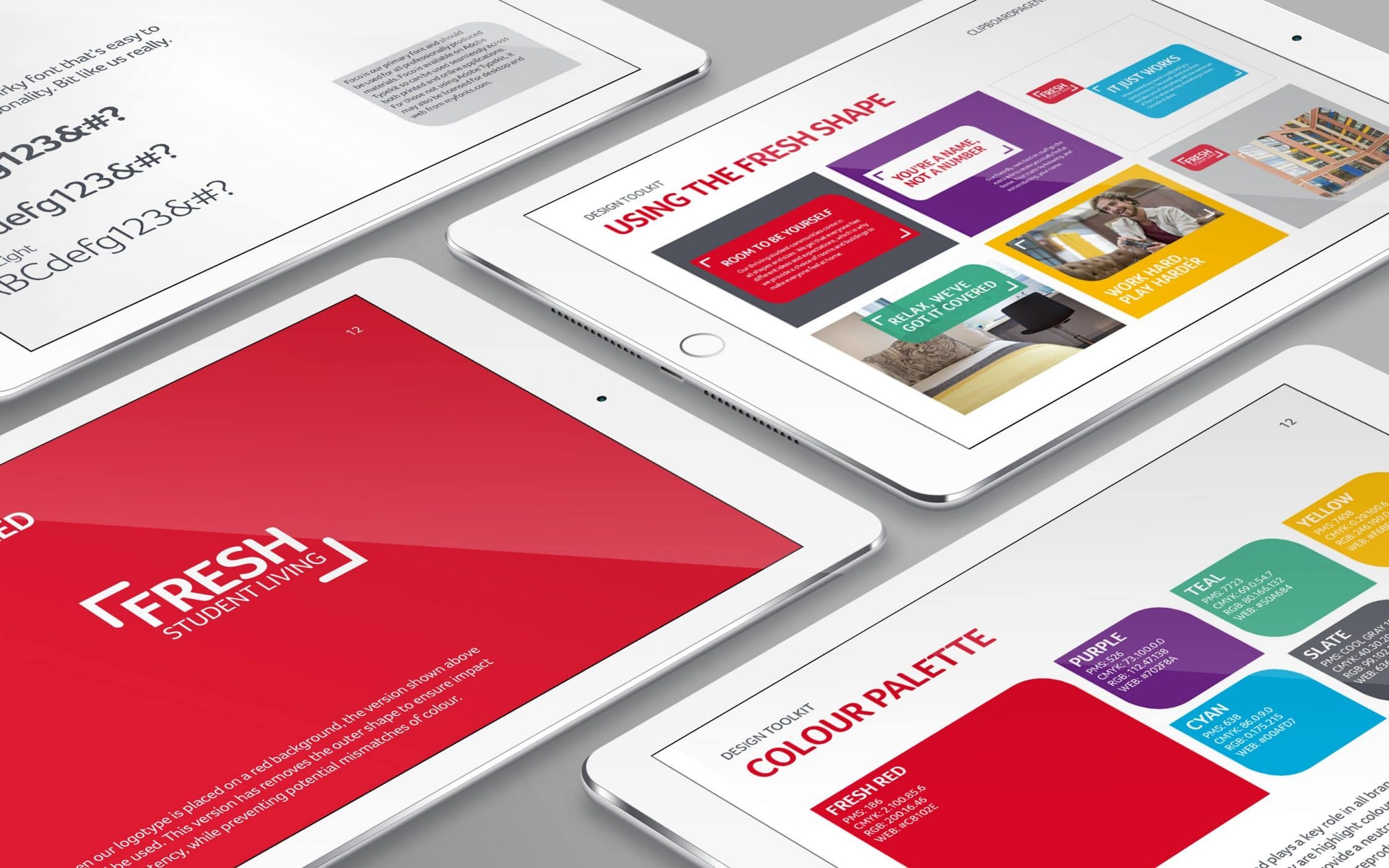
What is a brand identity toolkit?
We’ve already established that a brand identity toolkit is a document that your brand can use to maintain consistency in the way it presents itself to the world. Using one makes sure that your brand feels, and looks the same – even though you have groups of different people working in different spaces to build your company.
Usually, your brand identity toolkit will include a focus on your visual, and verbal brand identity. That means that the average brand guide covers:
- Tone of voice / brand messaging.
- Vision, value, and essence.
- Brand story / manifesto.
- Narrative and strategy.
- Naming and messaging.
- Internal brand communication.
- External brand communication.
- Visual brand assets.
So, how do you start building your own brand guidelines template?
The first step is to look at your company, and gather some inspiration. This might include speaking to top-level staff in your team, and asking them to define what the core values of the business mean to them. Alternatively, you could ask each person in your business to attempt to define your brand identity in their own words.
When researching your brand identity, think about:
- What kind of messaging has worked for your brand in the past, including successful emails, ads, etc.
- What’s your brand position? Where are you in comparison to other brands in your industry?
- What questions frequently come up when making decisions about imagery and messaging?
The ultimate goal should be to define the look and feel of your brand through visual, and verbal solutions. Be sure to make notes about things in your existing identity that may need to change. For instance, the image of your brand might be perfect, but the voice might be fragmented.
How to write brand guidelines for your business
Once you have a general idea of what your brand is, you’ll be able to start putting things together with the help of a designer. When defining your brand guidelines, you’ll need to look at all the visual and verbal assets of your company, including:
- Voice and marketing.
- Brand hierarchy and sub-branding.
- Logos and branding.
- Symbols and shapes.
- Typography and fonts.
- Photography and illustration.
- Primary and secondary colours.
Some of these aspects might already be created, but it’s important to evaluate every element of your business and make sure that they support the identity you want to create. If anything seems out of place, then you may need to make a change. Additionally, if an exploration into your brand position dictates that you need to update your identity, then this means examining all the visual and verbal elements mentioned above.
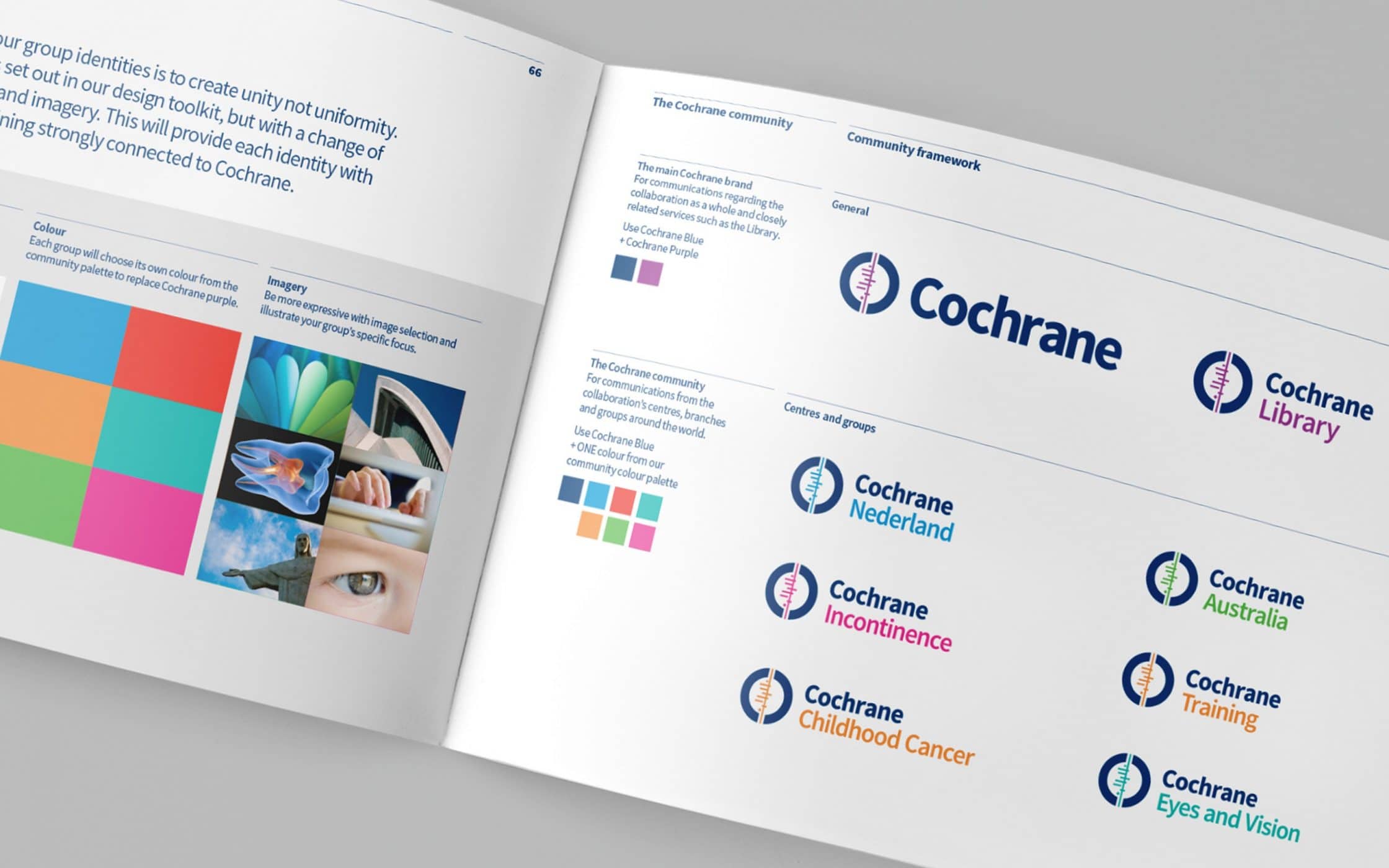
Though there are many factors that go into making a modern brand, there are six key elements that often form the foundation for a brand identity toolkit.
1. Brand story, mission, and vision
Your brand story, or mission should be the element that defines your voice, and helps to bring your company personality to life. A simple summary into what exists at the heart of your business makes your brand instantly more relatable, and human.
Once you have a solid brand story, you can ensure that every aspect of your company supports that narrative. For instance, if you’re a company that puts the environment first, you might use nature-based colours in your branding, share messaging that promotes eco-friendly practices, and even market yourself with a focus on your ethical practices.
2. Logos and branding
Logos are only one small aspect of your overall branding plan. However, they’re also the first visual cue that customers come to recognise when growing familiar with your company. If your logo appears differently across different media, or devices, this could impact your identity, or send the wrong message.
When creating your brand identity toolkit, make sure to outline the essentials of your logo, including:
- How your logo should and shouldn’t be used.
- The size and proportions of your symbol.
- Requirements regarding white space.
- Colour ways, online and offline.
3. Colour pallet
Colours are another common element that companies often think about when designing their brand identity. Your brand guidelines should include a specific pallet of four, or fewer colours that blend with the hues in your logo.
Make sure that your brand toolkit includes all the information required to reproduce your chosen colours accurately and effectively, wherever your brand appears. This will mean focusing on:
- PANTONE colour match.
- Print colour (CMYK).
- Digital colours (HEX and RGB codes).
4. Typography (font Selection)
The fonts that you use are a huge part of your visual identity. For instance, choosing between formal serif fonts, or informal sans serif fonts could be a crucial element in helping your customers to define the nature of your company. You’ll need to determine whether you’re going to use a single typeface across your media choices, or whether you’d prefer to identify multiple brand fonts.
In your brand guidelines, remember to identify:
- The reasoning behind your choice of fonts.
- Where these fonts should be used (subheadings, headings, slogans, captions).
- Alignment (left, right or centred).
- Spacing (tracking and kerning ratios).
5. Imagery (photographs and illustration)
Most companies have a general idea of which photos and illustrations best represent their brand. However, it’s important to ensure that you maintain that same visual identity in all your messaging and communication strategies. There are a few ways you can approach imagery in your brand toolkit. For instance:
- Best practice examples: Include examples of imagery that performed well for your brand in the past.
- Aspirations: If you don’t have the right examples for your brand yet, collect potential imagery from competing brands to give you a set of guidelines to follow.
- Mood boards: Collect images that convey the feelings that you want people to experience when interacting with your company.
6. Voice
Last, but not least, writing style and messaging isn’t always something that jumps to mind when companies are thinking about how to write brand guidelines. However, the voice of your company strongly impacts the way your customers feel about you. Similarly, to identifying elements of your visual identity, you can approach your brand voice in a range of ways within your brand guide, including:
- Personality brainstorms: Use a list of the various adjectives that customers and employees would use to describe your brand to outline your personality.
- Best practices: Show examples of messaging that has worked for you in the past.
- Do’s and Don’ts: Choose specific words that you do, and don’t like in relation with your brand.
Your brand guidelines template
Creating universal standards for your brand that remain consistent throughout your entire business can be difficult. However, it’s far more difficult if you have nothing to compare your efforts to. Though it’s never a good idea to copy the ideas of your competitors, getting an insight into the marketplace can help you to build the inspiration you need by informing you of what good brand guidelines look like.
Fundamentally, your brand guidelines template should be based around 3 basic principles:
- The ability to inform.
- The ability to inspire.
- The ability to enforce.
How to create brand identity guidelines that “inform”:
At the end of the day, one of the most important things a brand toolkit can do, is inform. The basic job of your brand guide is to tell everyone who reads it, from customers, to graphic designers, and even employees, what your brand essence really is. For a brand toolkit to be effective, it needs to answer all of the questions that people might have about your company, including what your brand should look like, feel like, and sound like.
Adobe is a great example of a brand with informative guidelines. It offers more than 60 pages of crucial information about voice, appearance, and more. Adobe understood that the people who would be using their brand guidelines most often would be developers and designers – which is why the guide is so rich in detail.
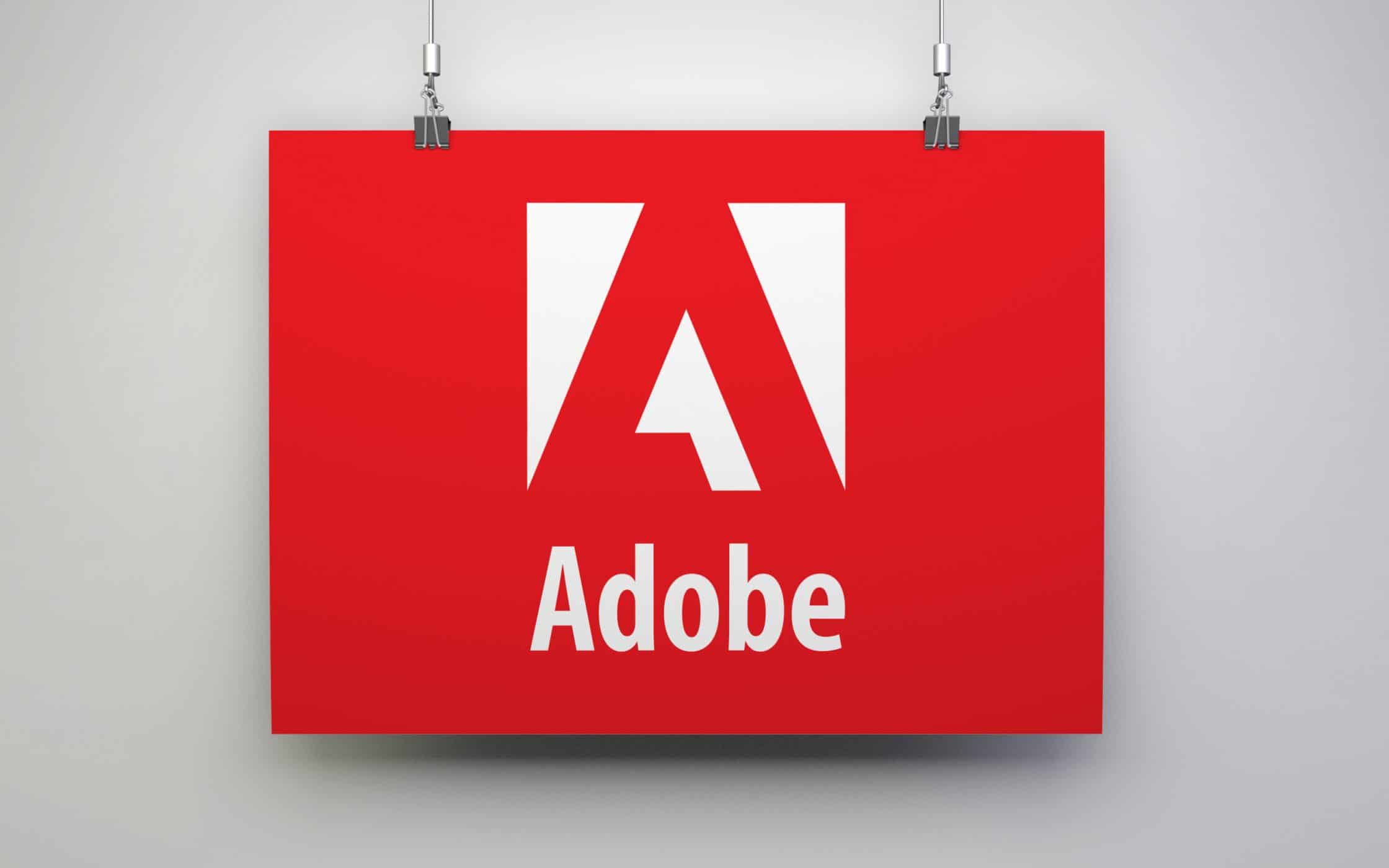
How to create brand identity guidelines that “inspire”:
Once you’re done communicating the fundamental aspects of your brand, you still need to wow your team and grow your company. Brands are the elements that give a company life. They transform the heartless nature of a corporation into something with soul and personality. You can make the soul of your brand evident in your toolkit, by outlining your brand story, manifesto, and voice.
One excellent example of a brand that “inspires”, with its guidelines, is Skype. This brand toolkit not only highlights the things that designers need to keep in mind when adhering to the Skype style, but it also shows readers what’s possible with the Skype brand, too.
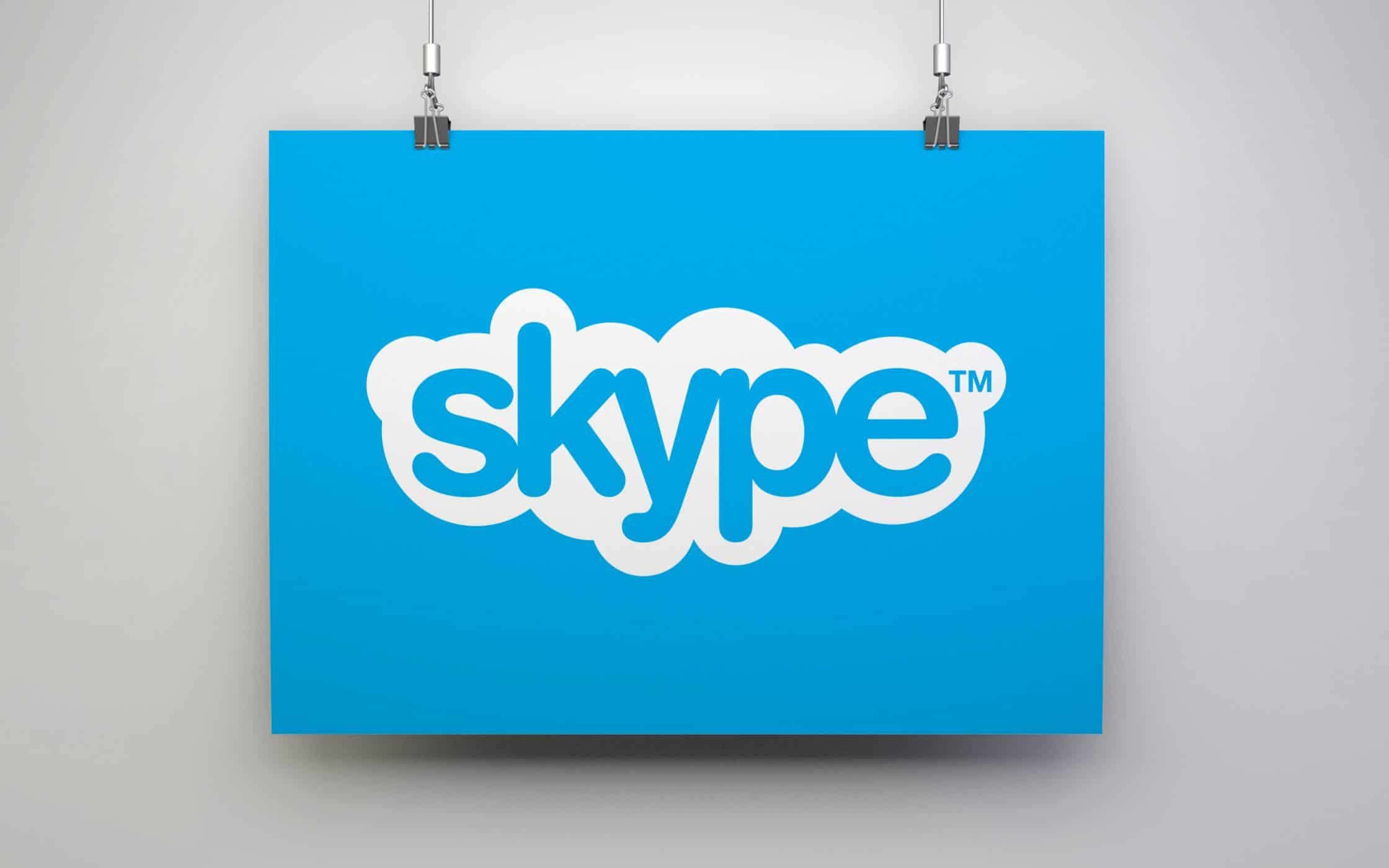
How to create brand identity guidelines that “enforce”:
Finally, it’s not enough to create an informative and inspirational brand toolkit. You also need to ensure that you can enforce your chosen identity through every aspect of your branding journey. In other words, your brand guide should spell out the do’s and don’ts of your personality.
Apple is a great example of a company that knows how to protect their brand. This technological giant has guidelines designed to strictly enforce everything from their universal voice, to the type of imagery they use in their marketing materials.
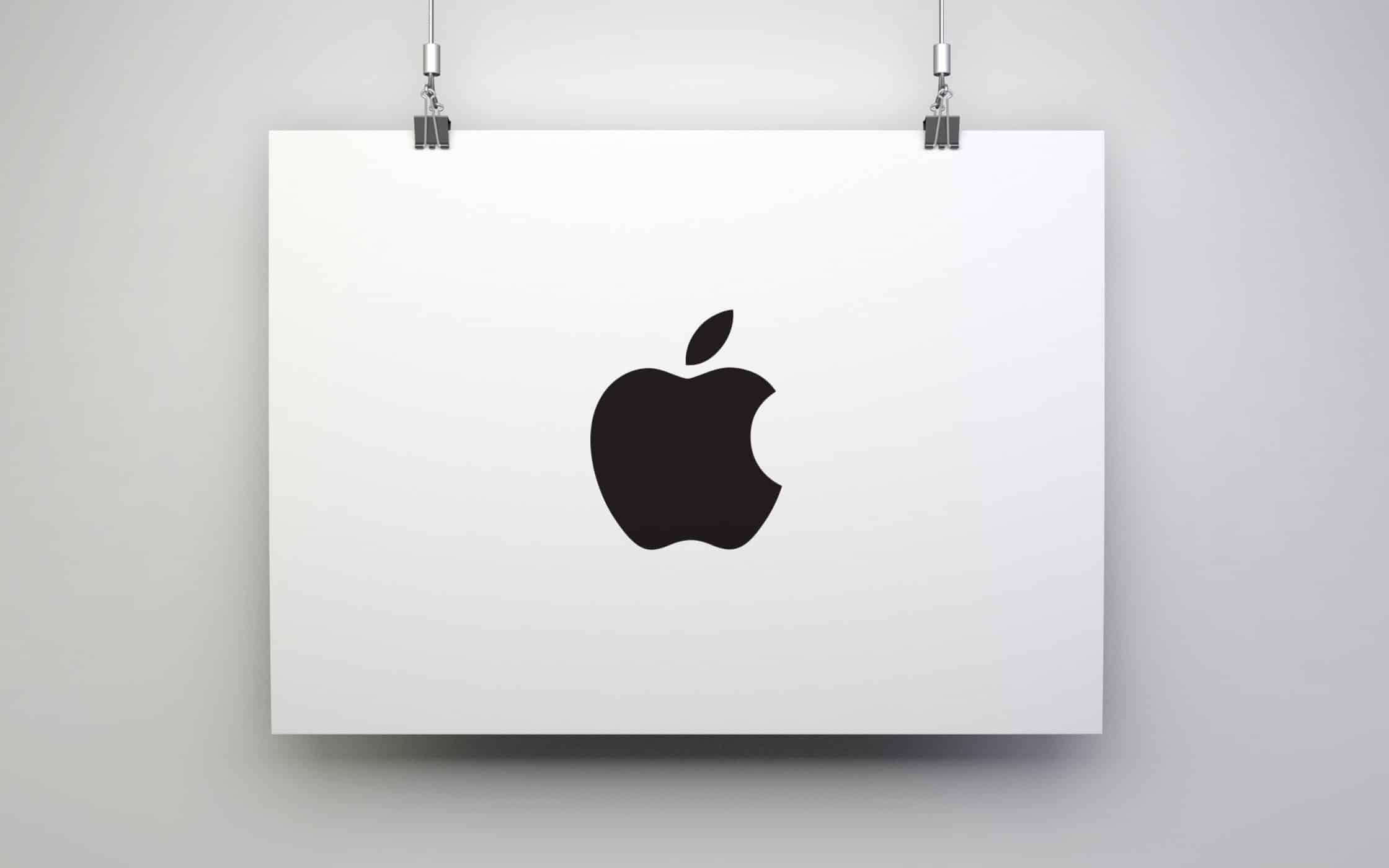
Still need a little more inspiration?
Here are a few publicly-available brand guidelines examples that could help to inform and grow your own brand template.
LinkedIn:
LinkedIn’s brand guidelines are simple, effective, and straightforward. They’re clear, easy-to-follow, and full of resources, including downloadable colour pallets that can be used to design new marketing collateral.
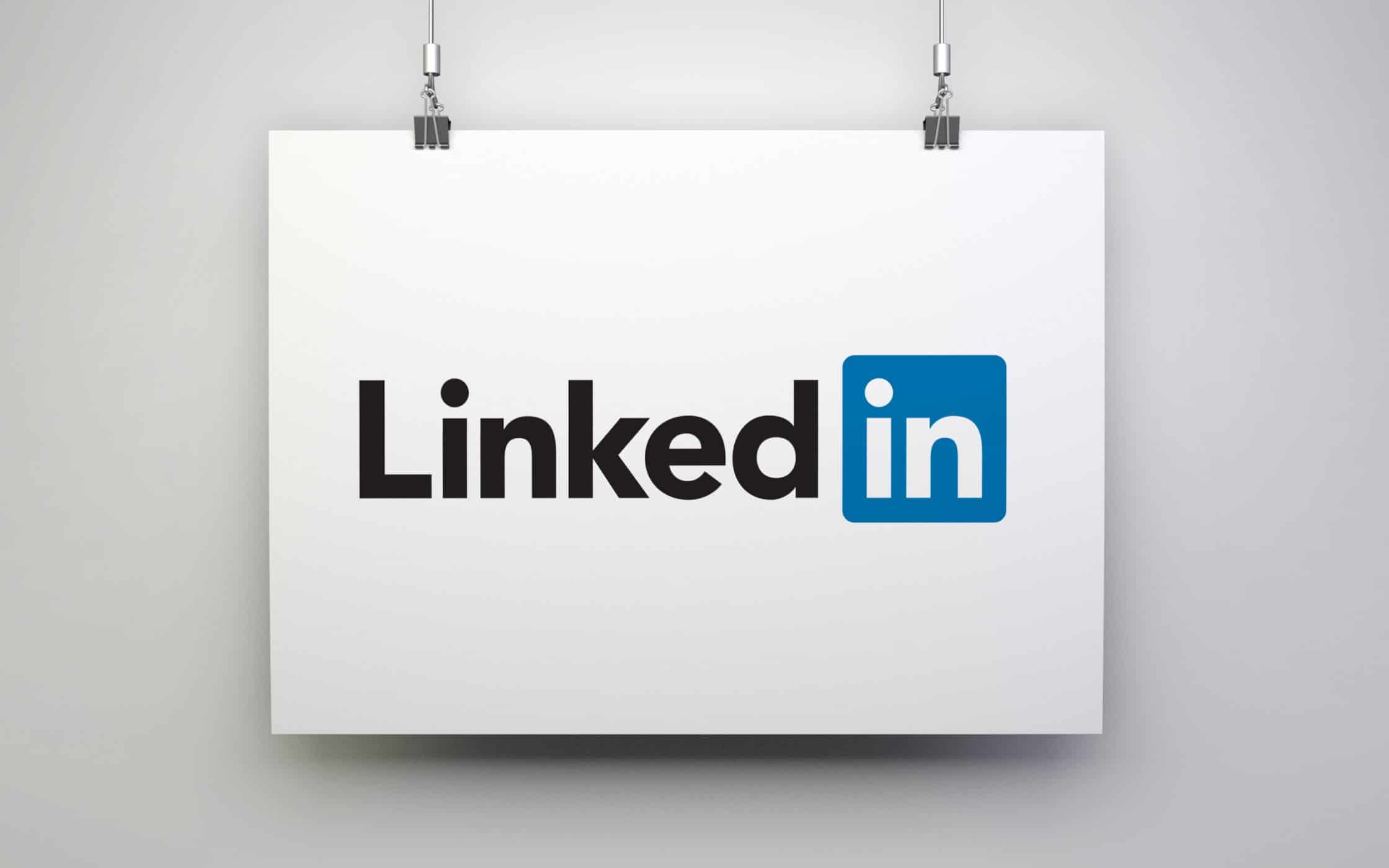
Asana:
Asana goes deep into the background of their brand, and what it really means in their brand guidelines. The company not only draws attention to the origins behind their three dots, they even wrote a Medium article about the symmetry of their symbols.
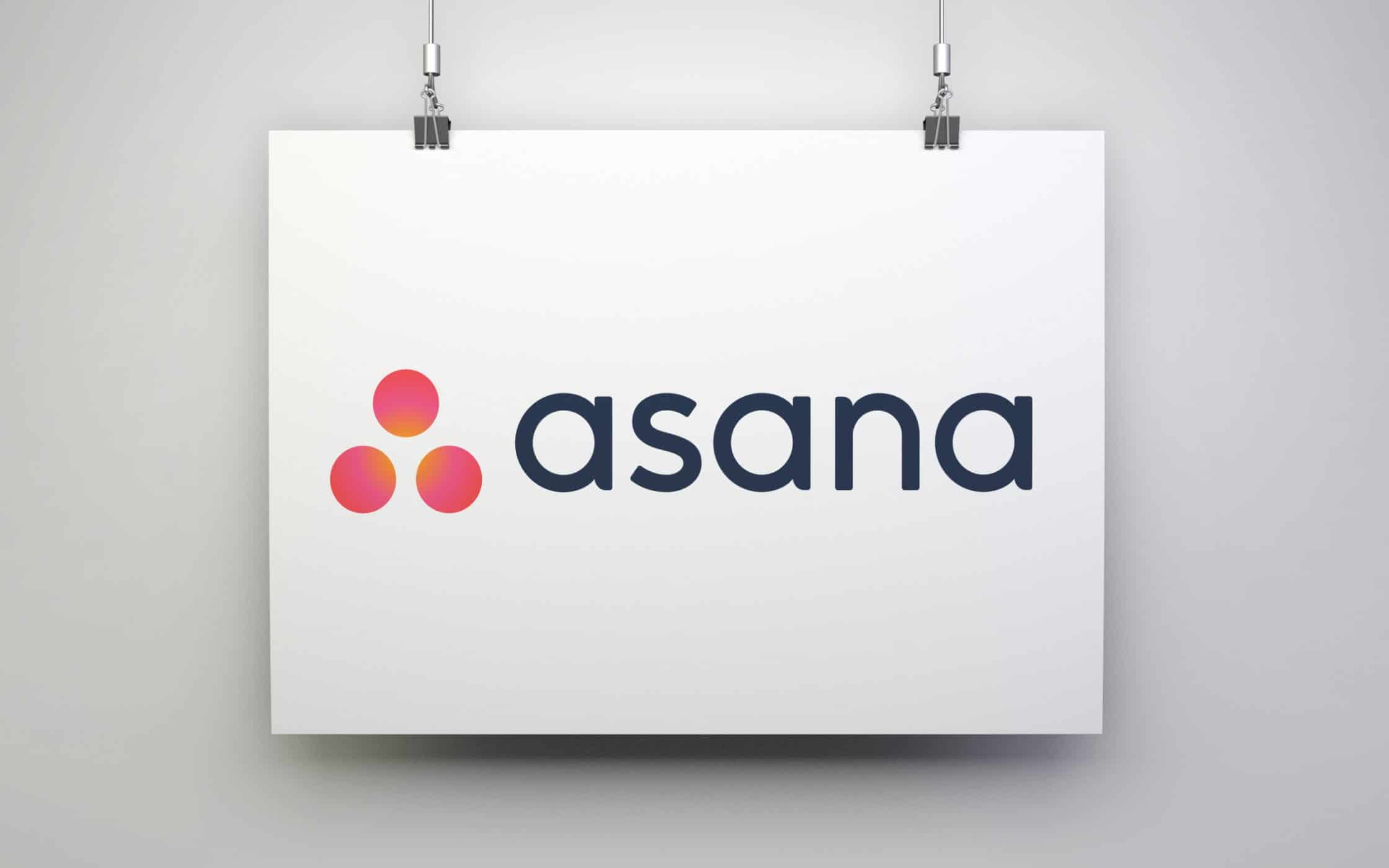
ESPN:
ESPN’s brand guidelines are around 45 pages long, and there are links to various sections that make the full toolkit easier to use. The simplicity and organisation of the ESPN toolkit is what makes it so effective.
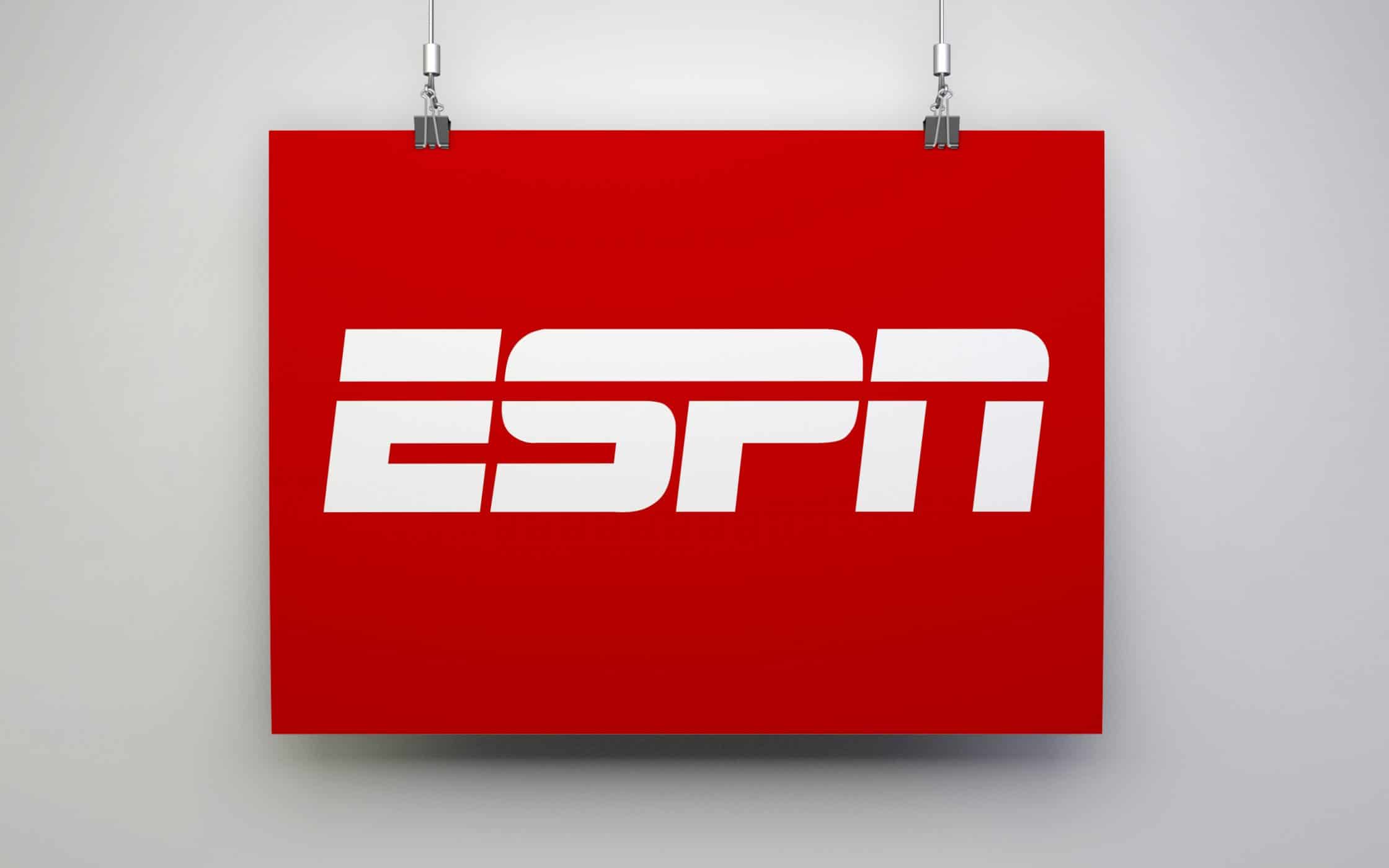
Uber:
Uber’s brand guidelines are set up to ensure that the user can only see exactly what they need, rather than having to move through dozens of pages to get the right information. Once you click on the desired portion of the toolkit, all the pages are easy-to-read and use.
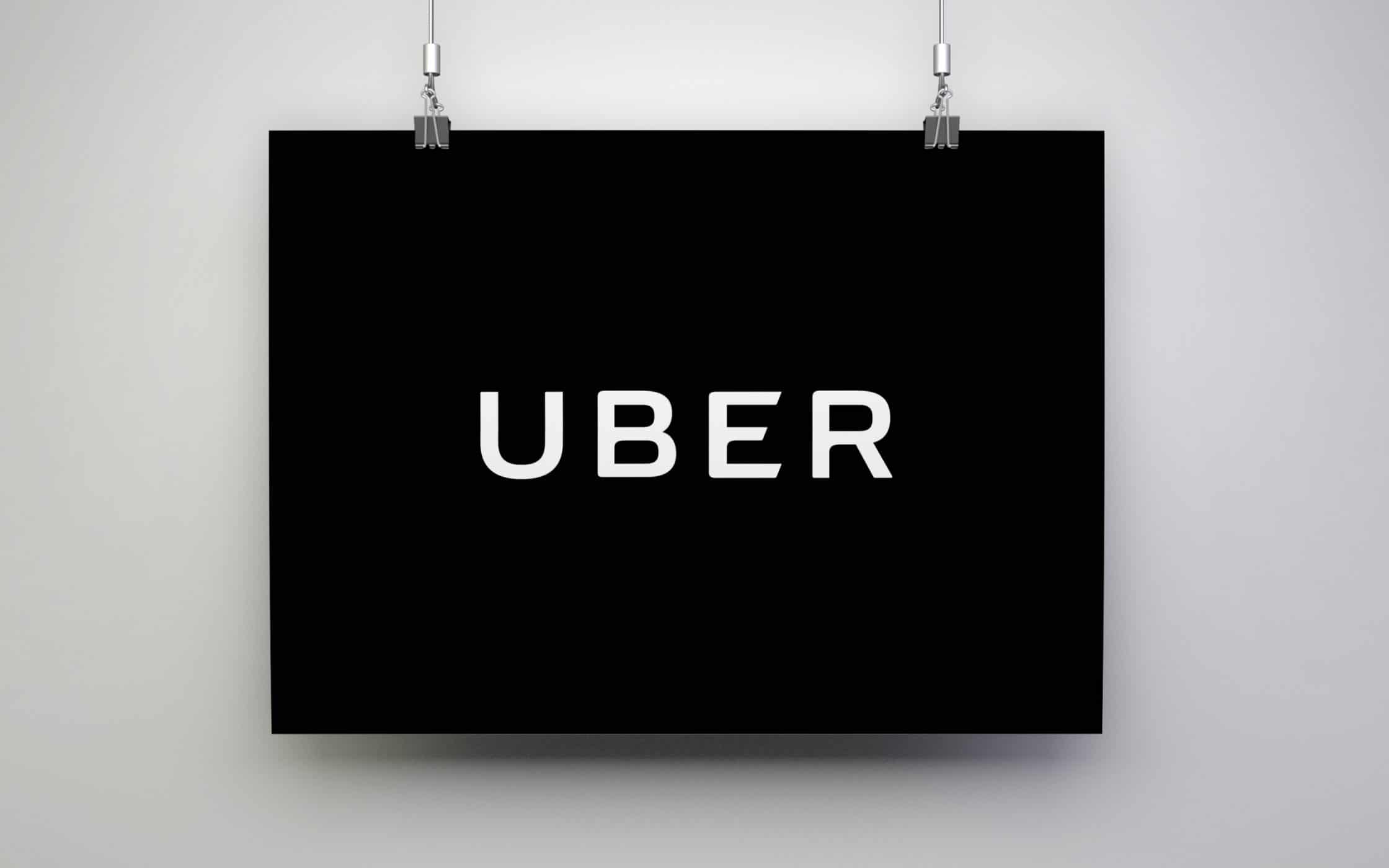
Amazon:
Using the right layout, and voice in your advertisements is essential. You need to be certain that you’re saying the right thing to your audience, and Amazon knows how to do this. In their brand guidelines, they offer examples of how to use a specific voice off-site, and on-site.

Building your brand identity toolkit
Once you have a good idea of the various elements that outline your brand personality, you’ll be able to mix those factors in with specific needs and wants for your business, based on your position, and a competitor analysis.
The brand guidelines template that you come up with might look a little like this:
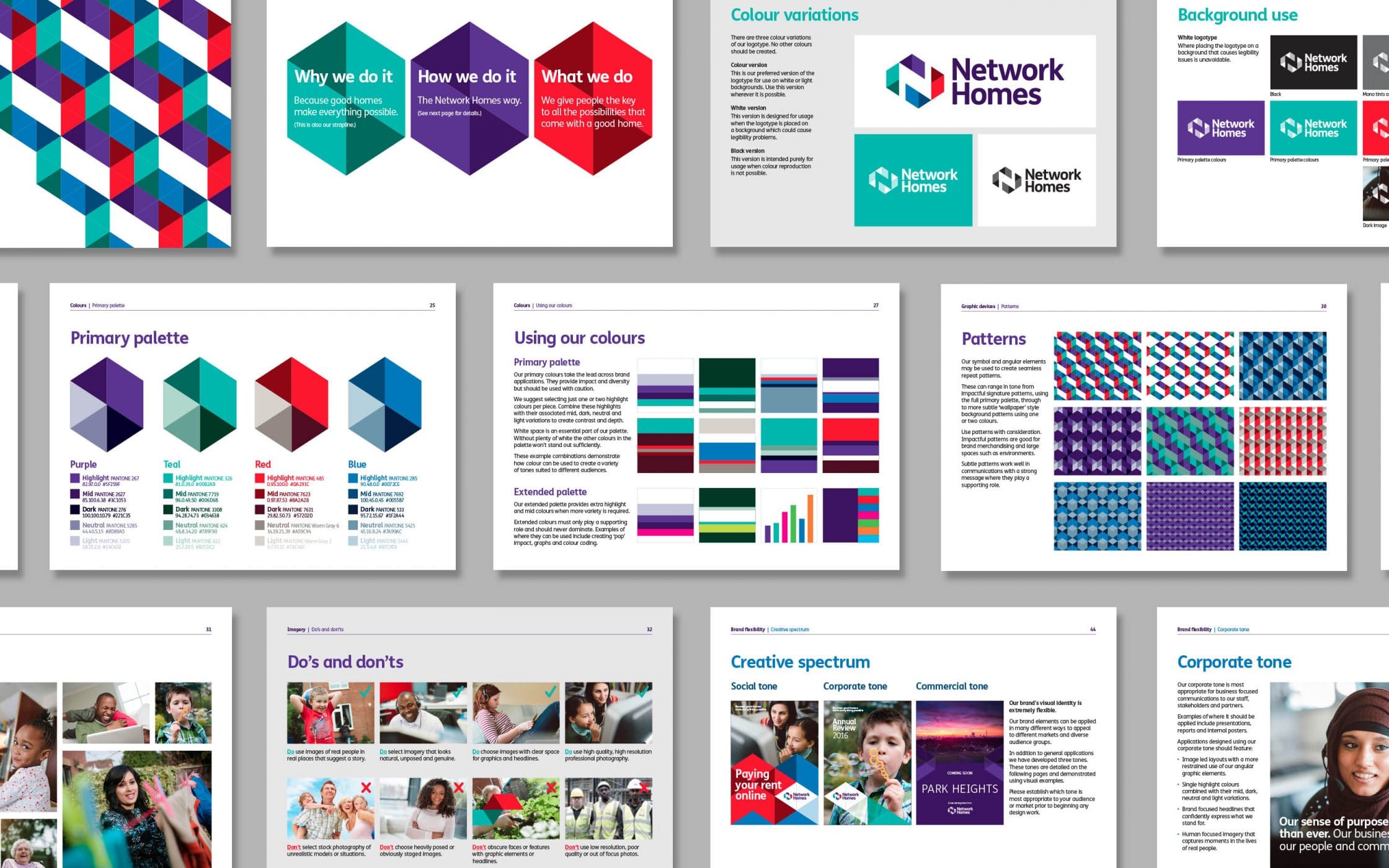
Brand story
Our name is [Brand], we [offer this], and [do this] because of [this].
These are our values, vision, and mission.
Logo and branding
This is our logo and what it means.
This is how to use our logo, and how not to use it.
Colour pallet
These are our brand colours.
Here are some swatch examples with RGB and CMYK codes.
Typography
Here are the fonts we use and why we use them.
This is our primary typeface.
This is our secondary typeface.
Imagery
These are our “on-brand” photos and illustrations.
This is how we use our images.
Voice
This is our voice.
This is how we use our voice in our messaging.
Depending on what you’re using your brand identity toolkit for, you might also attach application examples for each part of your visual, and verbal identity. For instance, an example of your brand voice might include snippets of your marketing messages, or social media plan. Alternatively, if you’re using your brand guidelines to build a new website, you might want to include examples of how you want your presence to appear online.
Once you’ve got your brand identity toolkit, you’ll need to make sure that it’s available to everyone in your business. Additionally, it’s worth noting that your brand guidelines are living, breathing things, that grow with your business. You’ll end up learning more about the things that work for your company, the more often you use your brand toolkit, and you can always adjust and adapt the information.
Some companies might find it useful to designate a specific place where they can store brand guideline ideas as they emerge, so that these concepts can be reviewed regularly. You might then choose to update your guidelines once a month, once a quarter, or once a year, depending on your industry and the regularity and complexity of your marketing and communication activities.
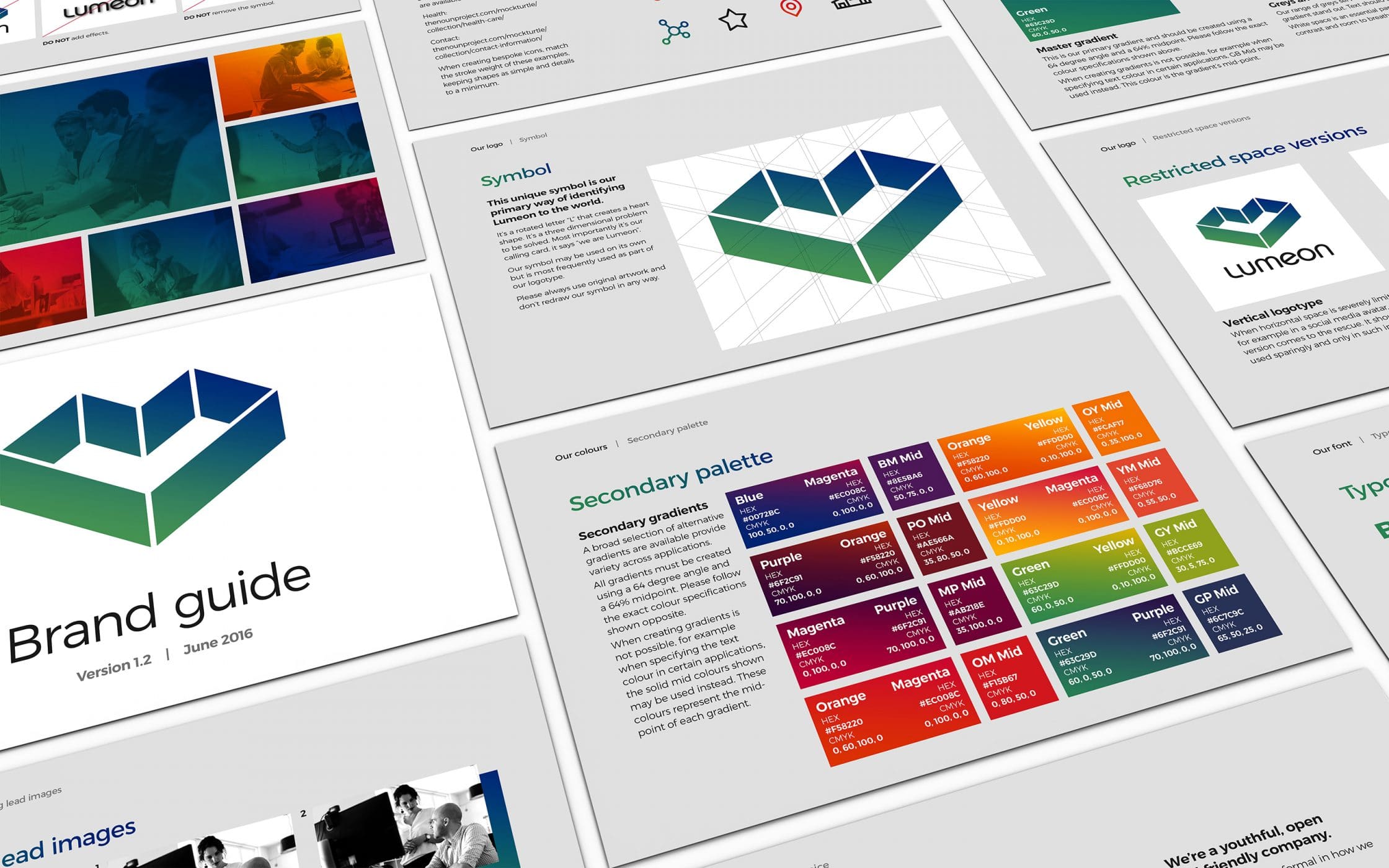
Building your brand guide
Branding exists at the heart of any business. Knowing how to cultivate and manage your branding efforts can either make, or break your company. Brand guidelines are a vital part of producing a consistent message for your company, and they’re essential to the success of any modern venture. These rules not only outline your visual appearance, but also your verbal identity too.
Brand guidelines:
- Help to create a relationship: The connection between brands and customers is strengthened by delivering consistency. Without consistency, customers might begin to lose trust in their brands.
- Reduce customer confusion: A clear identity and message is crucial for establishing a long-standing relationship with a customer.
- Maintain expectations: With guidelines, businesses can ensure that they deliver on internal and external communications, all the way down to the smallest details. Knowing what to expect from a brand can often mean that customers are willing to pay more for services.
- Reduce budgetary spend: Knowing exactly what needs to be done to create a consistent brand image is crucial to branding. Brand guidelines can mean that budgetary spending becomes more efficient, and everyone works together to make marketing campaigns more effective.
Think of your brand identity like the personality of your company. These are the guidelines for how the world recognises you, and determines whether or not to trust you. If you were to see someone you know change how they look and act constantly, you wouldn’t feel comfortable with them, and you wouldn’t trust them.
This same logic applies to brands. Inconsistency confuses and alienates your customers. A brand toolkit helps to ensure that your business constantly communicates in a consistent way across all channels and teams.











